Art: Painting

Wilma Shore
Wilma Shore was a writer and teacher most active between the 1940s and the 1960s. She lived at various times in Los Angeles and New York City, settling finally in New York City. Involved with left-wing political activity, she and her husband were blacklisted during the House Committee on Un-American Activities hearings.

Joan Snyder
Joan Snyder is an accomplished painter whose works are strongly associated with the 1970s feminist movement and deal with topics such as nature and fertility, AIDS, the exploitation of women and children, and her own Jewish heritage and the Holocaust. Her paintings have received awards and are included in the permanent collections of many museums.
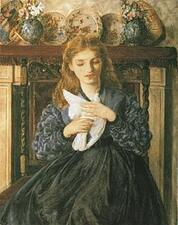
Rebecca Solomon
Rebecca Solomon’s success as a professional artist was remarkable in the mid-nineteenth century, a time when women artists were the exception rather than the rule. While her artistic style conformed to the most popular art of the time, she used her visual images to critique ethnic, gender, and class prejudice in Victorian England.
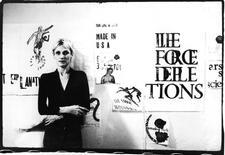
Nancy Spero
Nancy Spero was a figurative artist concerned with difference and the representation of the body. Rejecting postwar trends towards Pop art and abstract impressionism, Spero co-founded the AIR (Artists in Residence) Gallery in 1972, the first cooperative gallery of women artists. Spero also created a mosaic for the Lincoln Center subway station called “Artemis, Acrobats, Divas, and Dancers.”
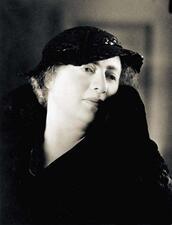
Irma Stern
Irma Stern was a remarkably prolific artist, holding more than a hundred solo exhibitions. It took time for Stern's espousal of modernism, color, and rhythm to find acceptance in the conservative art world of South Africa. After her death, the Irma Stern Museum, administered by the University of Cape Town, was opened.
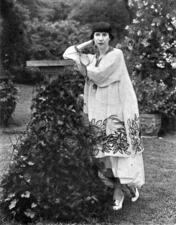
Florine Stettheimer
Florine Stettheimer's paintings are lively, diarylike accounts of her life and acute examinations of upper-class ways in New York between the wars. Her decorative style offered an alternative to prevailing modes of contemporary modernist painting. Through her work, she criticized the high-mindedness of modern art and the course of modern life.

Sionah Tagger
Sionah Tagger was one of the earliest modern Israeli women artists to have been born in Erez Israel. She played an important part in the development of modern painting there in the 1920s and 1930s and was among the first members of Israel’s Association of Painters and Sculptors and a regular participant in its exhibitions.
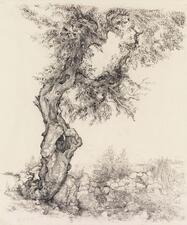
Anna Ticho
From the moment she arrived in the city in 1912 until the day she died in 1980, Anna Ticho lovingly portrayed Jerusalem in paint, pen and ink, charcoal, pastel, and pencil. Her works have been shown around Israel and abroad, and she has received numerous honorary titles and awards. She bequeathed her home, Ticho House, to the Israel Museum to be used as a site for exhibitions and cultural events.

Marie Trommer
Marie Trommer was an early twentieth-century writer, poet, artist, art critic, and contributor to American Jewish newspapers. After attending the Cooper Union Art School, Trommer became known for her contributions to Jewish newspapers, her poetry, and her oil and watercolor paintings. She was a member of the Creative Writers Group, Society of Independent Artists, and Art Alliance of America.
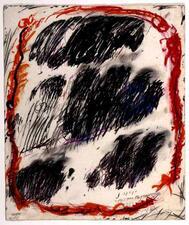
Aviva Uri
Among art lovers in Israel and in the inner circles of artists, Aviva Uri is considered a legend who shaped generations of artists in Israel. Born in Safed, Uri was known for her abstract scribbles that expressed anxiety and distress, as well as her later depictions of mourning, death, and destruction. In 1952, she received the Dizengoff Prize and in 1957 she exhibited her work at the Tel Aviv Museum.
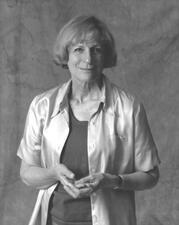
Ruth Weisberg
Hannah Wilke



